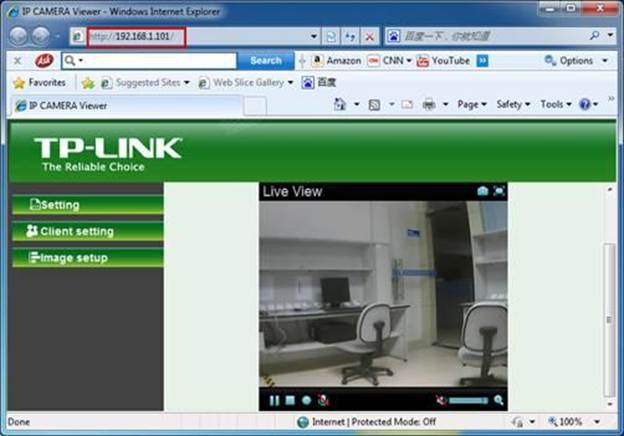

) doesn’t show in the list, but everything else does-including the MAC address, which is the series of numbers and letters separated by spaces. The machine I’m running the command from ( Option, it will show everything that it knows about. Hence, that was the camera’s IP address.īut what if that’s not enough? What if you’ve got a lot of devices, and you can’t really be sure which is which? After running the broadcast Since I know the addresses of my Macs and the printer, I was able to see that theĪddress wasn’t usually there. In my case, the last digit of my subnet mask is zero, so I change that to 255, and put it into the last position of my IP address, then ping that address:

The special ping address can be figured out by taking any zero values from the subnet mask, changing them toĢ55, and then putting them into the same relative position in the IP address field. Both of these values are easily seen in the Network control panel, in the IP Address and Subnet Mask fields, respectively. In order to do this, you need to know two things-your network’s IP address setup and the subnet mask value. It does, however, have another way to do a broadcast ping: just send a normal Included with OS X does not include that option. Support a “broadcast” option, which will send a ping to every possible address on the network, and then list those devices that respond. You can see this for yourself in Terminal by typing this command: If the device is capable of replying (and hasn’t had that ability blocked), then the device will respond with an echo response.

Is used to send an “echo request” packet to a given host or IP address. (Other than that, it was perfectly useful!) Short of resetting it to the factory defaults, I thought there must be a way to find its address on my network.Īfter some digging, I found that the Unix command Without the IP address, I couldn’t view the camera’s images nor change its settings. So I plugged it in, only to realize that I had no idea what its IP address was. It had been unplugged for a few weeks when I recently wanted to use it again. This has worked well for me, as I’ve memorized the IP addresses for our machines and printer.īut sometimes I run into a problem when there’s a device that I haven’t used in a while, such as the Axis camera. When I set the network up, I decided that I wanted to use static IP addresses for all the devices that are usually here, and then have dynamic IP addresses assigned to temporary devices. Then there are the random things that come and go, such as the occasional machine from my wife’s office, or products for review, such as the There are the Macs, of course, and a networked Brother laser printer, the AirPort Base Station, and our (rarely used any longer, thanks to , we’ve got a few devices on our local network.


 0 kommentar(er)
0 kommentar(er)
